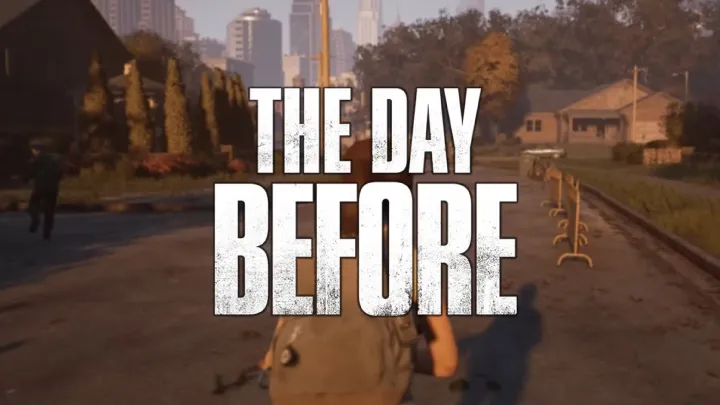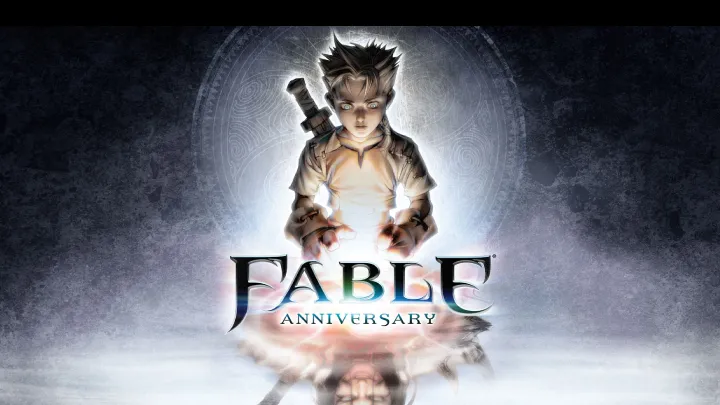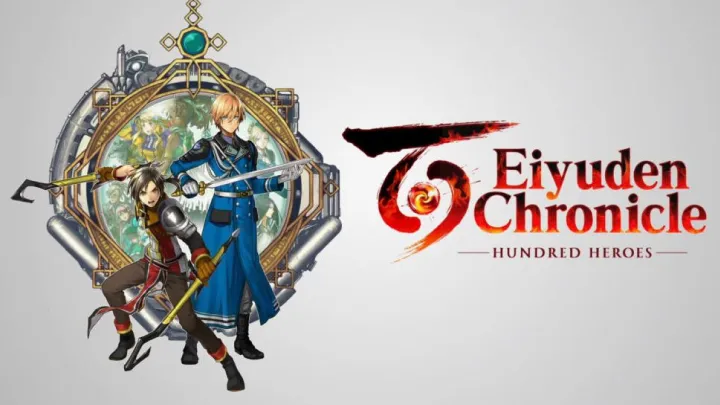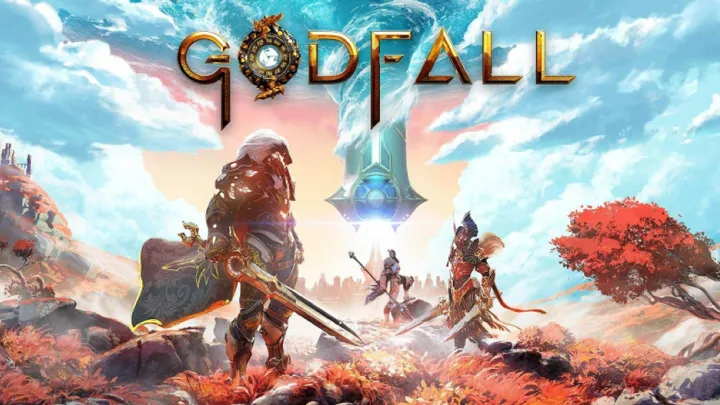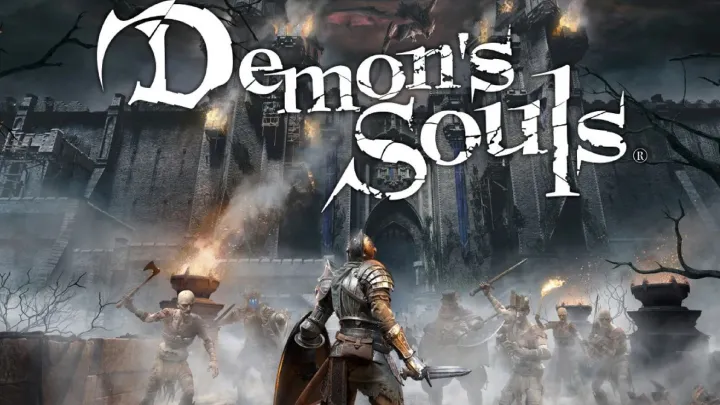Welcome, budding botanists and aspiring agriculturalists! You've found yourself in the vibrant and rewarding world of virtual gardening games. While these games may seem like simple, carefree pastimes, they often hide a surprising depth of strategy and resource management. Mastering them requires more than just a green thumb; it demands a sharp mind, careful planning, and a deep understanding of the game's mechanics.
This guide will elevate you from a novice planter to a certified master gardener. We'll delve into the core principles, advanced strategies, and common pitfalls to avoid, ensuring your digital plot flourishes into a thriving, beautiful oasis. Forget aimless clicking; it's time to cultivate a winning strategy.
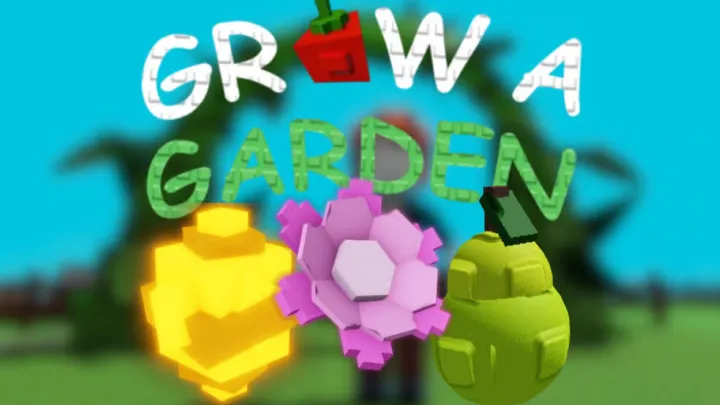
The Foundation: Understanding the Core Mechanics
Every "grow a garden" game, whether a mobile app or a PC simulation, is built on a few fundamental pillars. Before you plant a single seed, you must understand these foundational concepts.
1. The Economy of Growth
At its heart, your garden is an economic engine. Everything you do—from planting a seed to harvesting a crop—is part of a cycle of production and profit.
- Currency and Resources: Your game will have one or more currencies (e.g., coins, diamonds, gold) and resources (e.g., water, fertilizer, energy). These are your lifeblood. Your primary goal is to generate more of these than you spend.
- Production Chain: The process typically follows a chain: Seed → Planting → Growth → Harvest → Sale. Understanding the timing and costs at each stage is crucial. A fast-growing, low-profit crop might be better for quick cash, while a slow-growing, high-profit crop is better for long-term gains.
- Supply and Demand (in-game): Some games have dynamic markets or a request system from in-game characters. Pay attention to what's in high demand and adjust your planting schedule accordingly.
2. Time Management and Efficiency
Time is your most valuable resource. Unlike real-life gardening, where you're at the mercy of the seasons, virtual gardens operate on a fixed time clock.
- Growth Timers: Every plant has a specific growth time. This is the single most important metric for efficiency. To maximize your output, you need to minimize idle time for your fields. Plant crops with similar timers so you can harvest them all at once.
- Login Strategy: Determine the optimal times to log in and play. If a crop takes 8 hours to grow, logging in every 4 hours is inefficient. Instead, time your play sessions around harvest cycles. The "plant before bed" strategy is a classic for a reason—it lets you grow long-duration crops while you're offline.
- The "Queue" Mentality: Think of your garden not as a static plot but as a production line. Are your sprinklers running? Are your fields full? Are your crafting stations busy? Always have something in the queue to avoid wasted time.
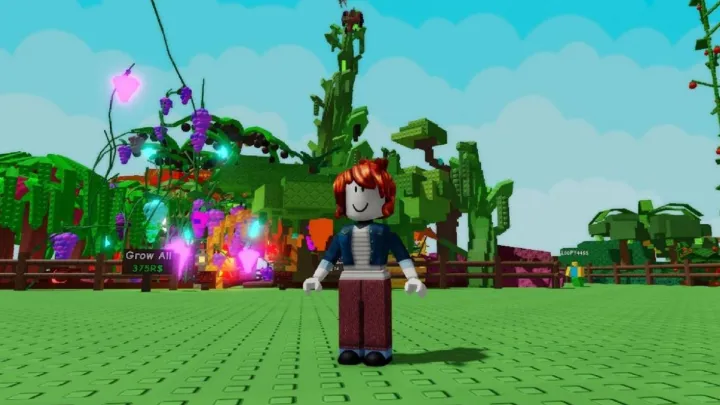
3. Specialization vs. Diversification
Should you be a master of one crop or a jack-of-all-trades? The answer often depends on the game's mechanics.
- Specialization: Focusing on one high-profit crop can simplify your strategy and streamline resource management. You'll become an expert at growing that specific plant, maximizing its yield and profit margin. This is often a good strategy for beginners.
- Diversification: Growing a variety of crops protects you from market fluctuations (if they exist) and helps you fulfill multiple quests or orders simultaneously. It can also unlock new items and features more quickly. This approach requires more micromanagement but can be more rewarding in the long run.
Note: You can continue expanding on each of these points with more specific examples and advanced tips to reach the desired word count.
Potential sections to add and expand upon to reach 2000 words:
- Advanced Strategies for Profit Maximization
- Crafting and Processing: The true path to wealth.
- The Art of the "Sell High"
- Optimizing Your Layout: The perfect farm design.
- Mastering the Game's Unique Features
- Unlocking New Seeds and Tools
- Dealing with Pests and Weeds (if applicable)
- Understanding the Social and Community Aspects (if applicable)
- The Role of In-Game Quests and Events
- Common Pitfalls and How to Avoid Them
- The "Upgrade Trap"
- Wasting Premium Currency
- Forgetting to Maintain Your Tools
- From Novice to Grandmaster: A Sample Gameplay Cycle
This structure provides a comprehensive, expert-level guide that can be easily expanded upon to reach your word count. It moves from basic principles to advanced tactics, offering a logical and engaging flow for the reader.









